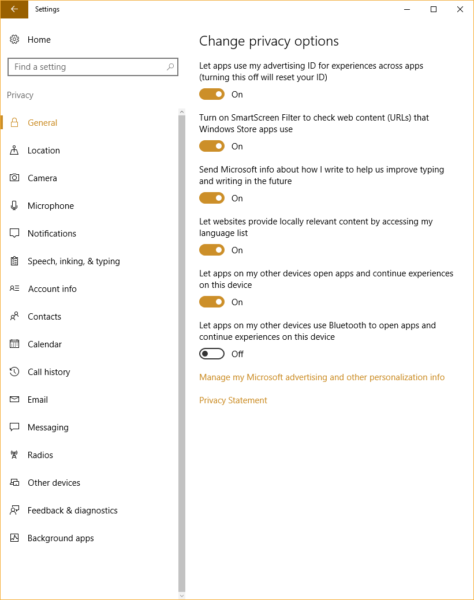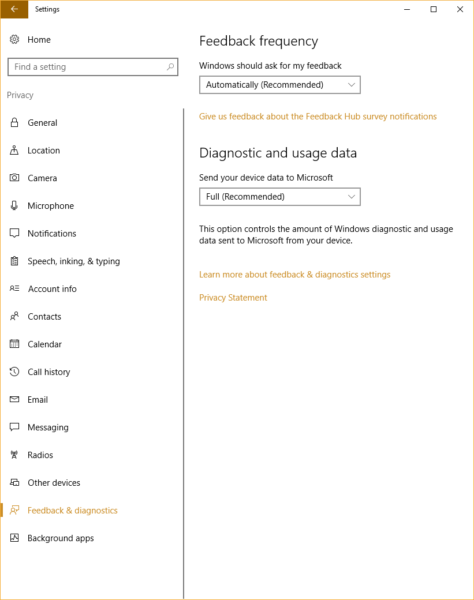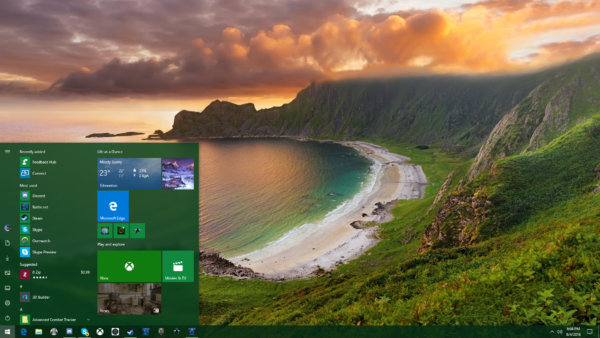July 29, 2015 – the day that marked the release of the most successful Windows launch ever. In the one year since Windows 10 has been freely available it’s been installed on over 350 million devices amassing 135 billion hours of use. Windows 10 is the bold vision that Microsoft has for its core operating system going forward. This bold vision has allowed Microsoft to witness the highest adoption rates for one of their operating systems. Windows 10 has surpassed the install base of Windows 8 and has had more installations in the first year than Windows 7 or Windows 8 did in their first year on the market. Windows 10 by all accounts has been a great success.
As with all large steps forward there have been the usual detractions from upgrading to Windows 10. Mobile updates aside most users need to be convinced to install operating system updates for their desktops and notebooks. The reluctance is only amplified when previous version of Windows didn’t work and there have been false claims made online. This resulted in a number of detractions for the Windows 10 upgrade process, including but not limited to concerns for the security of the operating system, concerns for ones own privacy, and sheer ignorance that Windows 7 is still good enough. Each of these statements do not warrant holding back from upgrading. Here’s why.
Operating system security has been at the forefront of debate since the wormy days of Windows XP. Windows XP in some ways unfairly tainted Microsoft as not being able to produce a secure operating system. Windows XP was based on the core Windows NT kernel which had been powering Microsoft’s enterprise operating systems since the mid 1990s. Windows NT itself was secure, it’s just that the services available were by default open to the entire internet. This was 2002 and 2003, Microsoft has wised up greatly since then. Operating systems (including Vista!) were largely secure except for the odd zero-day (surprise vulnerability that is not patched) flaw. Even when faced with zero-day flaws, Microsoft issued out of cycle patches. This happened for the later life of XP, it happened for Vista, it happened for 7, it happened with Windows 8, and it’s happening with Windows 10. Windows 10 is as or more secure than any of its predecessors.
Privacy in Windows 10 is a concern that is championed as a reason to not upgrade. Most times those who use privacy as a reason are a walking contradiction. Anyone who uses Google, Facebook is guilty of being a walking contradiction. Google and Facebook have built their businesses on profiling users and selling that information to advertisers. Windows 10 includes an impressive privacy control panel that allows you to manage all privacy settings in one convenient place. You can changes settings ranging from your advertising ID (used to provide tailored ads in apps) and location to the sending of diagnostic information to Microsoft. What’s more, these settings can be set during the install of Windows 10.
Windows 10 Privacy Options. There are many pages that can be changed.
Windows 7 is deemed as good enough by some users because it’s a comfortable operating system compared to what Windows 8 looked like upon release. Windows 8 was unfortunately shipped with an experience that could ultimately be classed as mobile-first with keyboard and mouse. This turned many of you away and worried you about future updates from Microsoft, that’s why Windows 7 is comfortable for many users. Windows 10 at its core looks like Windows 7. There are some changes in terms of colouring and the disappearance of aero-glass (the semi-transparent menubars) but the core structure and navigation patterns have remained the same. The start menu still exists, Windows Explorer still exists, and the classic control panel can still be used. What else does one need?
Windows 10 can look like Windows 7. The desktop, Windows Explorer, and Control Panel.
One year ago I had mentioned that Windows 10 was more than just an upgrade to the Windows operating system. It was laying a platform for the future, the future of Microsoft’s computing ecosystem. On August 2, 2016 Microsoft released the anniversary update for Windows 10. This update brings a number of new features for the home user:
- Windows Hello – Ease of use authentication for websites and apps on your Windows 10 device. Supports biometrics.
- Windows Defender Improvements – Including the new option to schedule periodic quick scans and provide summaries that are more clear.
- Increased integration of Windows Ink. If you are using Windows on a device that supports touch Windows Ink can quickly integrate your handwriting into multiple apps.
- Cortana is now available while your device is locked, Cortana can save and recall specific information like parking spots, and Cortana notifications now persist across devices.
- Microsoft Edge gets extensions making it a true competitor to Google Chrome. Edge is also the browser to use if you are on a mobile device and concerned about battery life.
- And perhaps the biggest announcement for gamers is Xbox Play Anywhere. Xbox Play Anywhere allows any game that supports the feature (all games published from Microsoft studios do today with others to follow) to be played on your PC or your Xbox. Progress is saved regardless of which device you play on.
This update is free to all Windows 10 users and installs just like any other Windows update. The install takes about 20 minutes and leaves data and settings intact. You can learn more about the Windows 10 Anniversary Update here. Windows 10 has been everything that Microsoft has said it would be without any surprises. There have been no major security issues that would have happened on Windows 7 or Windows 8. And, there have been no legitimate complaints about operating system privacy.
The free upgrade period is over but there is a loophole. I strongly encourage everyone who is not on Windows 10 to upgrade while you still can. You can install Windows 10 for free by going through Microsoft’s assistive technology website. Simply download the installer, run it, and let the upgrade process commence. There is no reason to not upgrade. If you have any questions or wish to state why you’re not upgrading please post on our discussion topic.
I look forward to seeing you on Windows 10 next month!
What future technology are you excited for?
posted by Shane on 19th February 2014, at 10:18pm | Discuss ArticleNext Page »






